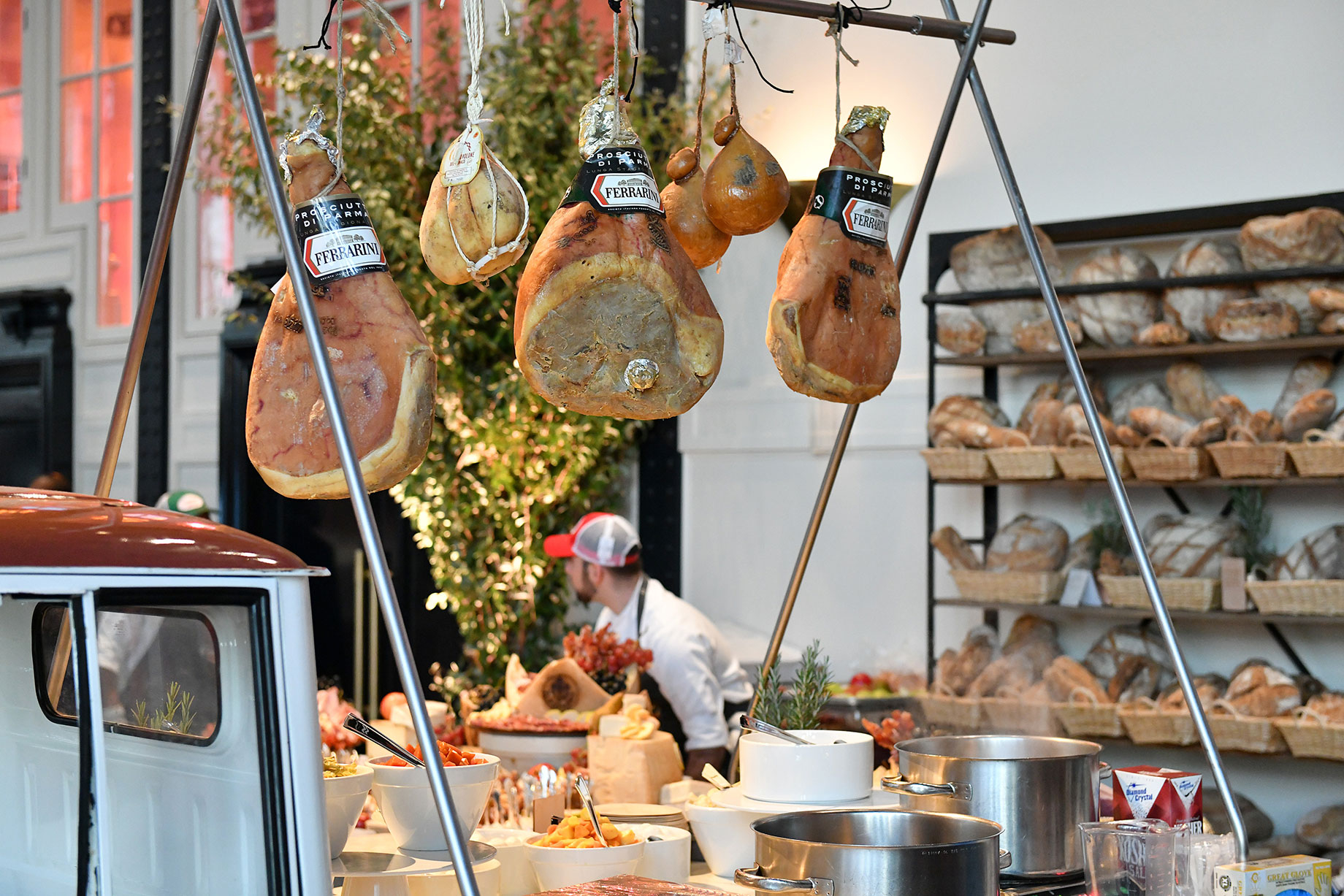The restaurant business has been growing at a faster lick than retail, presenting opportunities and challenges for shopping center landlords.
Restaurant sales grew by 6.3 percent in 2018, making up 17 percent of total retail sales, the largest share of any brick-and-mortar retail category, according to a report by CBRE, 2019 U.S. Food in Demand Series: Restaurants. In the decade following the recession, restaurant sales grew by 5.6 percent annually, on average, compared with 4.4 percent growth for brick-and-mortar retail. Broken down by sector, grocery sales rose by an annual 3.2 percent, on average, during that decade; clothing and accessories by 3.2 percent; health and beauty by 3.5 percent; and building material and garden supplies by 4.2 percent. Department store sales shrank by 2.9 percent per year, on average, during that period.

Restaurant sales grew by 6.3 percent in 2018, making up 17 percent of total retail sales, the largest share of any brick-and-mortar category
“Restaurants are an attractive new class of anchor tenant that draws customers to retail properties, promotes social connection and is a key component of successful placemaking,” the report says. But, it warns, as landlords pack more food tenants into their properties, care must be taken that they choose them carefully so that they don’t duplicate one another, the report warns.
Food delivery sales are growing especially fast — up 13 percent in 2018 from the year before, and restaurants are having to dedicate special areas to expedite deliveries. Restaurant operators are increasingly establishing delivery-only “ghost kitchens” that operate independently of their restaurants, and more of these are showing up in retail centers.

The food delivery subsector is growing particularly fast, and restaurant operators are setting up "ghost kitchens" to prepare food exclusively for delivery
“This is leading to the reuse of underutilized real estate in shopping centers, sometimes carved out of repositioned anchor or big-box spaces, so long as the ghost kitchen is within quick-delivery range of a major consumer trade base,” the report says. “Full-service restaurants will still rely on retail space for the dine-in experience, but in the coming years the growth of start-up brands will accelerate through expansion of ghost kitchens.”
The appetite for food halls will also remain strong, but the report has a caution for retail landlords.

Great care must be taken in the design, curation and merchandising of food halls for them to be successful, the report says
“Food halls are not formulaic and will not be successful in every project,” the report warns. “They must have the right demographics to drive strong lunchtime and evening traffic, and they must be expertly designed, curated and merchandised. Unlocking the value as a project amenity and revenue source requires an in-depth understanding of cuisine categories, deal structures and operations to incorporate the food hall into the local environment.”
By Edmund Mander
Director, Editor-In-Chief/SCT


